Syn.: Anchusa italica Retz., Anchusa amoena Gaertn., Anchusa paniculata Ait., Buglossum italicum Tausch
Family: Boraginaceae Juss.
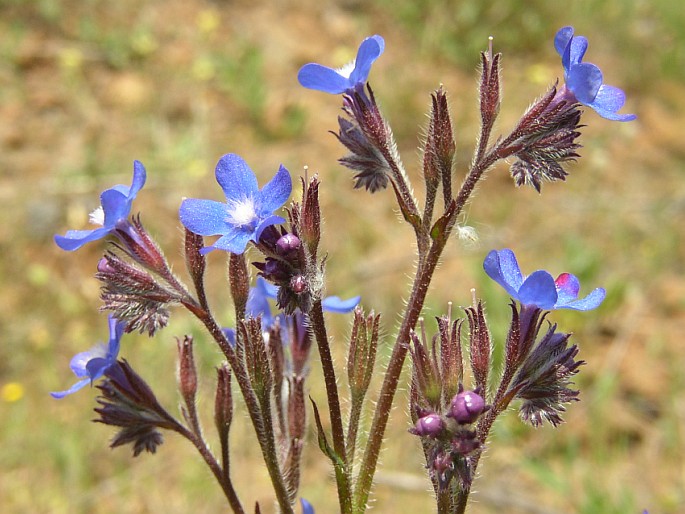
Distribution: Mediterranean, Southwest and Middle Asia, northward to Hungary and southern Slovakia, it was introduced into Macaronesia, North America and South Africa.
Ecology: It grows on dry grassy slopes, grasslands, often in disturbed sites. It blooms from May to August.
Description: Perennial herb, 30–120 cm tall, hispid with dense hairs. Stem erect, branched above. Leaves oblong-lanceolate, (5–)10–30 cm long and (1–)1.5–5 cm wide. Cymes many; pedicels 1–3 mm, up to 10(–15) mm in fruit; bracts shorter than calyx; calyx 6–8(–10) mm, divided almost to the base into linear, acute lobes; corolla violet or deep blue, tube 6–10 mm, limb 8–15 mm in diameter; stamens inserted at top of tube, overlapping scales. The fruits are nutlets, 7–10 mm long.
Threat and protection: The Italian Alkanet is protected by law in Slovakia.
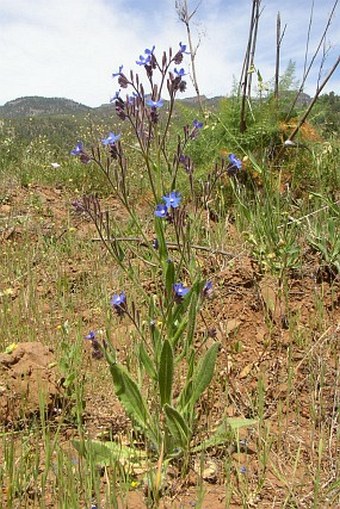
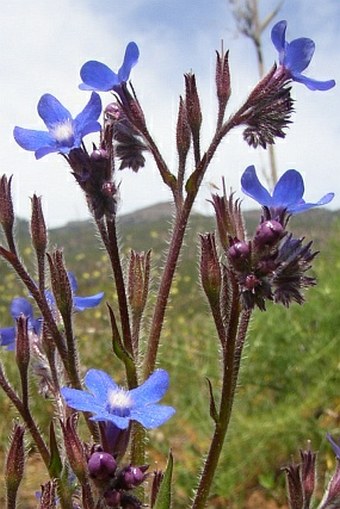
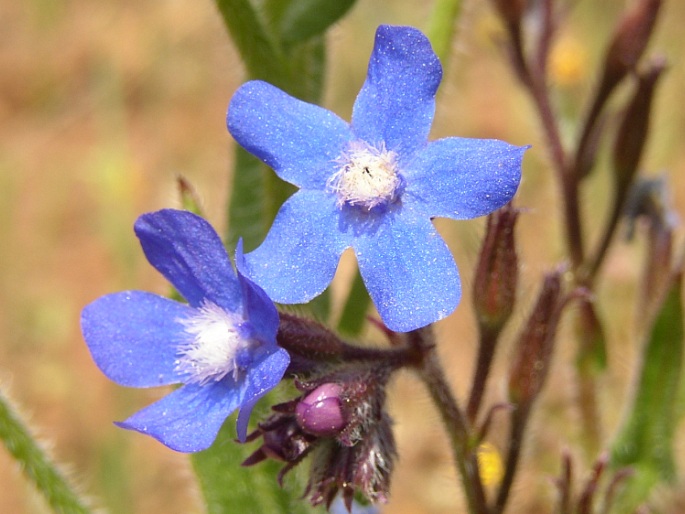
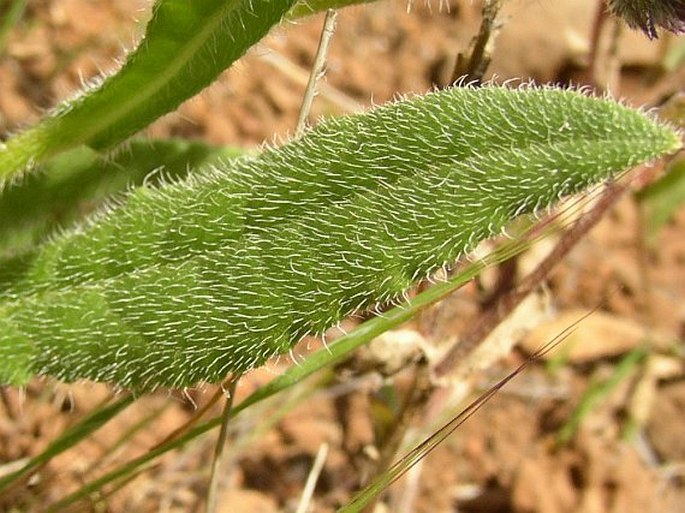
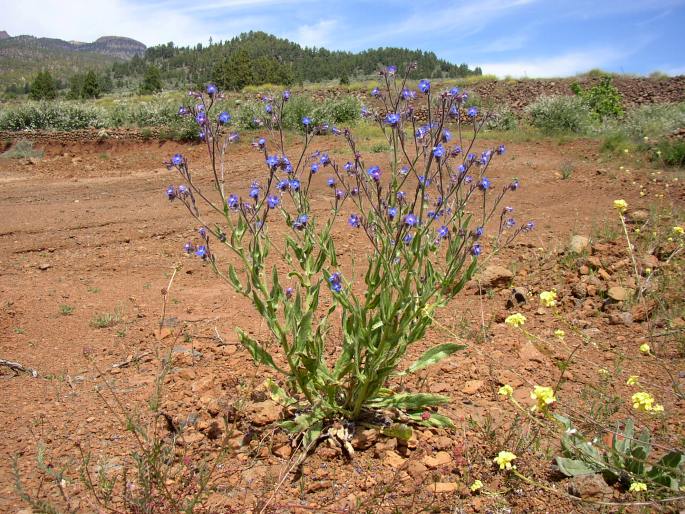
These images were taken in Spain, the Canary Islands, Tenerife, Arona (April 1, 2006).


